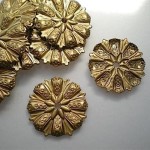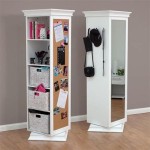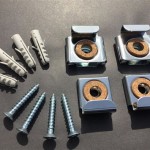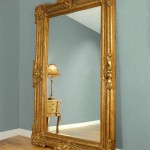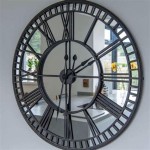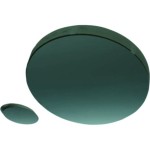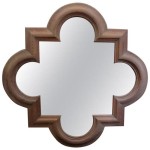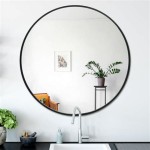In Concave Mirror Which Surface Is Reflecting
Concave mirrors, fundamental components in various optical systems, possess a unique reflecting surface that dictates their light-gathering and focusing properties. Understanding which surface performs the reflection is crucial for comprehending the mirror's behavior and its applications.
Unlike a plane mirror where reflection occurs on a flat surface, a concave mirror presents a curved reflecting surface. This curvature is defined as being "inwardly curved," like the interior of a sphere or a portion thereof. Imagine the inside of a spoon; this provides a simple analogy for the shape of a concave mirror.
The reflecting surface of a concave mirror is the inner, curved side. Light rays incident on this curved surface are reflected according to the laws of reflection. These laws state that the angle of incidence (the angle between the incident ray and the normal to the surface at the point of incidence) is equal to the angle of reflection (the angle between the reflected ray and the normal). The normal, in this case, is a line perpendicular to the tangent of the curved surface at the point where the light ray strikes.
The curvature of the reflecting surface allows concave mirrors to converge incoming parallel light rays. This convergence point is known as the focal point. The distance between the mirror's surface and the focal point is the focal length. The focal length is a crucial parameter determining the magnifying and light-gathering capabilities of the concave mirror.
The shape of the reflecting surface also influences the type of image formed by the concave mirror. Depending on the object's position relative to the focal point, the image can be real or virtual, upright or inverted, magnified or diminished. When the object is located beyond the center of curvature (twice the focal length), a real, inverted, and diminished image is formed between the focal point and the center of curvature. When the object is located at the center of curvature, a real, inverted, and same-sized image forms at the center of curvature itself. When the object is placed between the center of curvature and the focal point, a real, inverted, and magnified image forms beyond the center of curvature. If the object is placed at the focal point, no image is formed as the reflected rays are parallel. Finally, when the object is placed between the focal point and the mirror, a virtual, upright, and magnified image is formed behind the mirror.
The reflective coating on a concave mirror is typically applied to the inner, curved surface. This coating, often composed of a thin layer of silver or aluminum, enhances the reflectivity of the surface, ensuring that a greater percentage of incident light is reflected. The precise material and thickness of the coating influence the mirror's reflectivity across different wavelengths of light.
The substrate material underlying the reflective coating provides structural support and determines the overall shape and durability of the mirror. Common substrate materials include glass, metal, and plastic, each offering specific advantages and disadvantages in terms of weight, cost, and resistance to environmental factors.
Concave mirrors are essential components in various optical instruments and devices. In telescopes, they collect and focus faint light from distant celestial objects, enabling observation of distant galaxies and stars. In headlights and searchlights, they collimate light from a small source into a powerful beam. In shaving or makeup mirrors, they create magnified images for detailed viewing. Ophthalmologists utilize concave mirrors to examine the interior of the eye.
The manufacturing process of concave mirrors involves precise shaping and polishing of the reflecting surface to achieve the desired curvature and surface smoothness. The quality of the surface finish directly impacts the mirror's optical performance. Imperfections or irregularities on the reflecting surface can lead to distortions or aberrations in the reflected image.
Understanding the role of the inner, curved surface as the reflecting surface in a concave mirror is fundamental to appreciating its functionality and its diverse applications in optical systems and everyday devices. The precise curvature of this surface, coupled with the reflective coating, dictates the mirror's ability to manipulate light, enabling everything from magnifying images to focusing starlight.
The interaction of light with the specifically curved inner surface of the concave mirror enables its varied applications across fields such as astronomy, automotive lighting, personal care, and medical diagnostics. The careful design and fabrication of this reflecting surface are critical for achieving the desired optical performance in each application.

Spherical Mirrors

Concave Mirror Science Learning Hub

What Is Concave Mirror Science Electric Cur And Its Effects 16917971 Meritnation Com

Concave Mirror Image Formation Ray Diagrams Conditions Mechanism

Laws Of Light Reflection And Mirror Types

Which Is Are The Reflecting Surface S Of A Concave Mirror Turito

Learn Important 9 Properties Of Concave Mirror

Convex Mirror Science Learning Hub

State The Two Kinds Of Spherical Mirror And Distinguish Them With Aid Proper Diagrams Physics Shaalaa Com

Learn Important 9 Properties Of Concave Mirror

